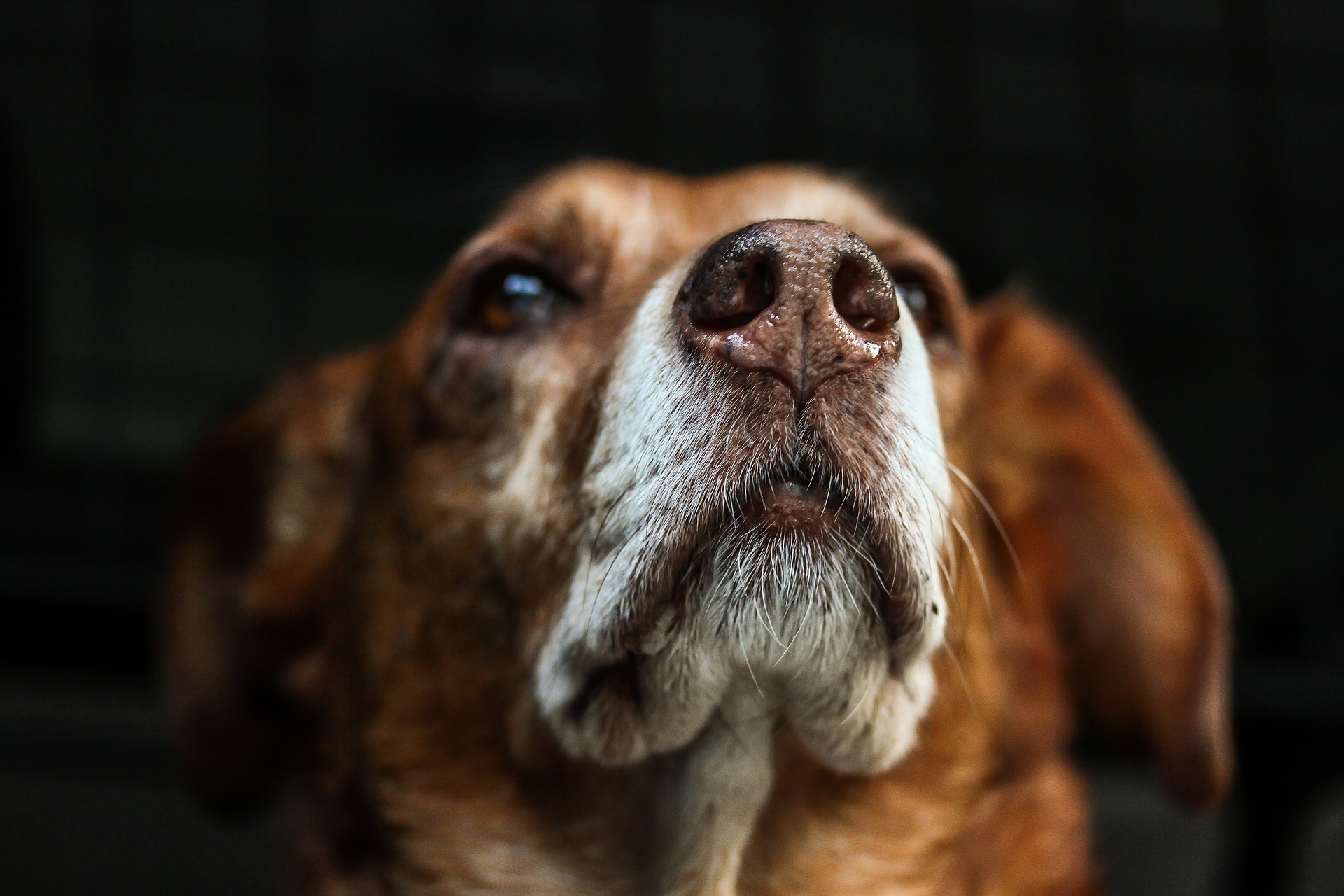Do you need help?

What is Cushing's disease in dogs?
Cushing’s disease in dogs, also known as hyperadenocorticism, is a condition where a dog’s body produces too much of the stress hormone cortisol.
Cortisol helps dogs respond to stress, control their weight, fight infections, and regulate blood sugar levels. It is produced by the adrenal glands, which sit next to the kidneys.
Cushing’s in dogs is the opposite of Addison’s disease, which is when the body doesn’t produce enough hormones. Either decreased or excessive production of these hormones can be life threatening.
How common is Cushing's in dogs?
Cushing’s is fairly common in middle-aged and older dogs. However, the warning signs often mimic other conditions, which can make it difficult to get a definitive diagnosis.

You might also be interested in:
What causes Cushing's disease in dogs?
The pituitary gland sits at the base of the brain and releases the hormone adrenocorticotrophic (ACTH) which tells the adrenal gland to produce cortisol. The most common cause of Cushing’s in dogs is a small growth on the pituitary gland or, less commonly, the adrenal gland, which leads to overproduction of the hormone.
When a dog is given a high dose of steroids over a prolonged period of time, for example, to treat immune disorders or allergies, this can also lead to symptoms resembling those of Cushing’s disease.
What does cushing's disease in dogs look like?
The symptoms of hyperadrenocorticism in dogs can often be mistaken for other conditions or simply the effects of ageing. Common Cushing disease dog symptoms include increased thirst, increased hunger, more frequent urination (and possibly going to the toilet indoors), panting and hair loss. Dogs with Cushing’s may also experience abdominal swelling, lethargy and changes to their skin, such as lesions and skin infections.
Canine cushing's disease life expectancy
Your vet will be able to discuss prognosis with you depending on your dog’s individual circumstances.
Which dog breeds are most at risk of Cushing's?
The disease is more common in German Shepherds, Dachshunds, poodles, and some terriers, such as Yorkies and dandie dinmonts. Boxers, Boston Terriers, Labrador Retrievers, Australian Shepherds, Malteses, and Cocker Spaniels may also be predisposed to Cushing’s.

How is Cushing's in dogs diagnosed?
In most cases, the symptoms of Cushing’s in dogs are fairly mild and can also signify other conditions that affect middle-aged and older dogs. As a result, it can be quite difficult to get a confirmed diagnosis.
If you suspect your dog might have Cushing’s take them to your vet who will typically start by looking at your dog’s health history and perform a complete physical examination.
There’s no method that’s 100% accurate for diagnosing hyperadrenocorticism in dogs but initial blood and urine tests may be performed to identify the cause of your pet’s symptoms and to rule out other health problems. If your vet suspects Cushing’s after these initial tests, they may carry out further hormone screening tests to definitively diagnose the condition.
An ultrasound scan of your dog’s belly might also be necessary to check for tumours on the adrenal glands.
How is Cushing's disease in dogs treated?
Treatment of Cushing’s can vary depending on the type and severity of the condition.
If the condition is caused by a pituitary gland tumour, treatment typically involves medication, which your dog will need to take for the rest of their life.
In Cushing’s resulting from a tumour on the adrenal gland, a scan may be necessary to determine if the tumour is benign or malignant. Medication may also be given to treat this form of the disease, or surgery to remove the tumour may be possible if it hasn’t spread and your dog is healthy enough. Unfortunately, in some cases treatment may not be possible if the tumour has spread.
If your dog has developed Cushing’s disease as a result of taking steroids treatment typically involves gradually reducing the steroids.
You should discuss with your vet what treatment is best for you and your pet. It’s essential that you stick to any treatment plan and ensure your dog has regular check-ups and blood tests to monitor treatment. It’s also worth keeping in mind that Cushing’s disease can be a costly condition to treat.
Is there a cure for Cushing's disease in dogs?
There is no cure for Cushing’s disease in dogs, but by taking medication for the rest of their lives, many dogs are able to live normal, active lives for years to come

